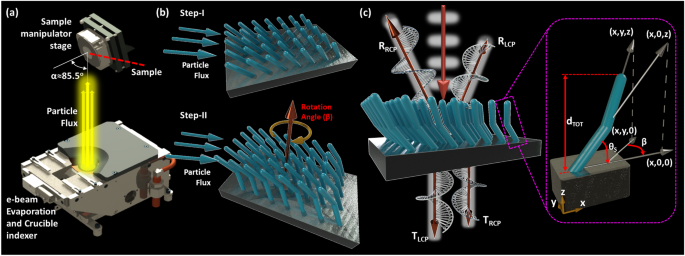2024-05-18 マサチューセッツ工科大学(MIT)
<関連情報>
- https://news.mit.edu/2024/researchers-develop-continuously-monitoring-toxic-gases-detector-0517
- https://onlinelibrary.wiley.com/doi/10.1002/adma.202312382
導電性ポリマー/MOF複合材料における頑健な化学抵抗挙動 Robust Chemiresistive Behavior in Conductive Polymer/MOF Composites
Heejung Roh, Dong-Ha Kim, Yeongsu Cho, Young-Moo Jo, Jesús A. del Alamo, Heather J. Kulik, Mircea Dincă, Aristide Gumyusenge
Advanced Materials Published: 17 April 2024
DOI:https://doi.org/10.1002/adma.202312382

Abstract
Metal-organic frameworks (MOFs) are promising materials for gas sensing but are often limited to single-use detection. A hybridization strategy is demonstrated synergistically deploying conductive MOFs (cMOFs) and conductive polymers (cPs) as two complementary mixed ionic-electronic conductors in high-performing stand-alone chemiresistors. This work presents significant improvement in i) sensor recovery kinetics, ii) cycling stability, and iii) dynamic range at room temperature. The effect of hybridization across well-studied cMOFs is demonstrated based on 2,3,6,7,10,11-hexahydroxytriphenylene (HHTP) and 2,3,6,7,10,11-hexaiminotriphenylene (HITP) ligands with varied metal nodes (Co, Cu, Ni). A comprehensive mechanistic study is conducted to relate energy band alignments at the heterojunctions between the MOFs and the polymer with sensing thermodynamics and binding kinetics. The findings reveal that hole enrichment of the cMOF component upon hybridization leads to selective enhancement in desorption kinetics, enabling significantly improved sensor recovery at room temperature, and thus long-term response retention. This mechanism is further supported by density functional theory calculations on sorbate–analyte interactions. It is also found that alloying cPs and cMOFs enables facile thin film co-processing and device integration, potentially unlocking the use of these hybrid conductors in diverse electronic applications.



